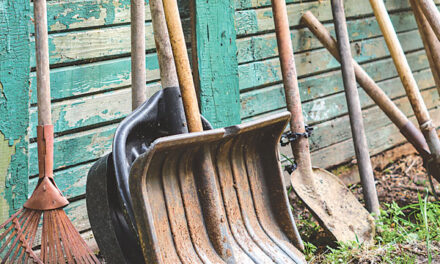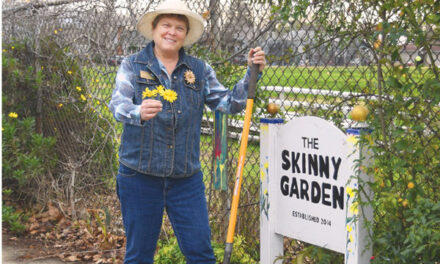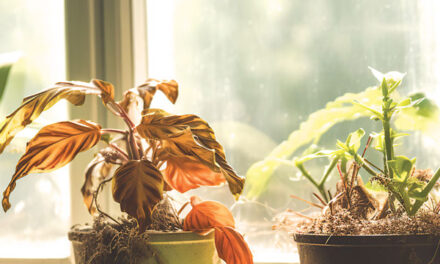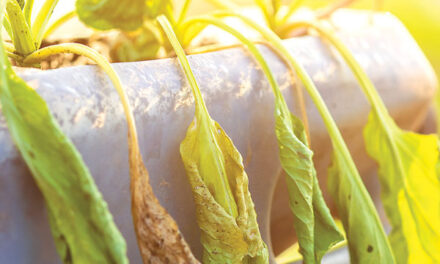The Big Blow or, in meteorological parlance, the atmospheric river storm, howled through town in early February. Accompanied by 60 mph winds, it toppled trees, power lines, fences and all things not secured or firmly rooted. The county declared a state of emergency.
Surveying my wounded garden afterward, damage appeared minimal. I found fences and trees still upright. But what a mess. Winds ripped oranges, limes and lemons from my trees. The yard was littered with citrus. I gathered it up and carried it inside.
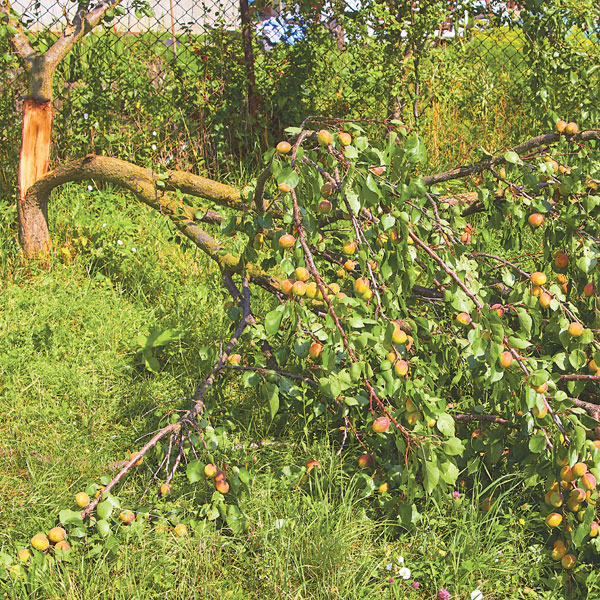
Some neighbors weren’t so fortunate. On message boards, a man reported his entire newly planted “citrus grove” was uprooted by wind and deposited into the swimming pool.
Friends had floods, large containers and trellises toppled, greenhouses damaged and assorted catastrophes, minor to heartbreaking. Wind lifted a patio chair and dropped it on a table, shattering the glass top.
Those same winds carried dozens of spiky balls from a liquidambar tree two houses away into my yard and swimming pool. Many more touched down on the roof, rolled into the gutters and clogged the downspouts. I made an appointment and had the gutters cleaned.
Gardeners are wired to endure the unexpected along with recurring headaches. We are stubborn and persistent. If it fails, we want to know why and how to fix it. If it dies, we plant another and hope for better results. We gather broken pieces and attempt to make it right.
While gathering citrus and sweeping up debris, early emerging crocosmia and daffodils reminded me how fortunate we are to garden here. There’s so much more to love about our gardens and weather than random setbacks.
We are experiencing a period of weather change. Winter temperatures have been surprisingly mild in recent years. Roses edge toward dormancy, but never quite sleep. Mine bloomed until pruned in late January. It was the same the previous winter.
Covering citrus trees, succulents and other tender plants and trees to protect from hard frosts did not happen this winter. My frost covers never left the shelf.
Not enough “chill hours” is not a good thing for fruit trees that require a specific amount of cold winter temperatures to properly develop and produce tasty fruit. Mild winter temperatures can adversely affect fruit.
On the reverse side, edibles such as avocados and some tropical fruits are easier to grow when winters are warmer.
Our region’s growing season has been extended. We added a few weeks earlier in the year and another couple of weeks into fall. Summer vegetables once were mostly planted in mid-to-late April. More gardeners now plant in late March to mid-April.
In recent years, local gardeners harvested peppers and tomatoes well into November. Friends plucked backyard tomatoes on Christmas day! One presented a handful of sweet peppers right before Valentine’s Day. Her peppers survived the winter.
Should you roll the dice and hope the weather and these seasonal tweaks continue? Sure, if you also realize hailstorms are not uncommon in March and April, and the threat of an early frost later in the year can result in disaster.
Gardening is never without hiccups. Mild early season weather means weeds arrive earlier. Annual blue grass is often the first annoyance. Bermudagrass shakes off dormancy earlier and creeps into flower beds and vegetable gardens.
A few uncharacteristic 70-degree days allow mosquitoes to make an early, unwelcome appearance.
Pulling weeds with one hand and swatting mosquitoes with the other is hardly ideal, yet a petty annoyance compared to the rewards of a longer growing season and more plant options.
Inhale the fragrance, admire the blooms and thrust fingers into rich Sacramento soil. Our perks dwarf the problems.
Dan Vierria is a University of California Cooperative Extension Master Gardener for Sacramento County. He can be reached at masterg29@gmail.com. For answers to gardening questions, contact the UCCE Master Gardeners at (916) 876-5338, email mgsacramento@ucanr.edu or visit sacmg.ucanr.edu. Follow us on Facebook and Instagram: @insidesacramento.




